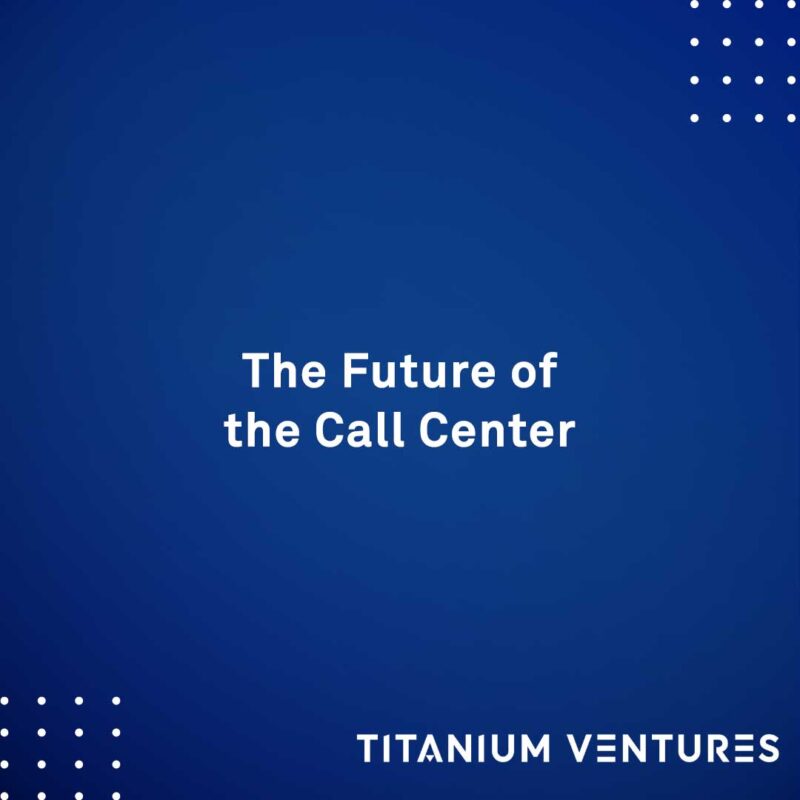

When I hear “call center,” I shudder, remembering bad experiences.
Long wait times on the phone with terrible hold music, and then a conversation with someone on the other end that knows nothing about me or the problem I need solving. It’s a drag.
Thankfully – getting rid of terrible call center experiences is a big focus for organizations. Call centers have been evolving slowly since their wide stream adoption in the 80s. And that evolution generally runs alongside advancements in technology – which have accelerated dramatically over the last 12 months.
When COVID-19 forced employees’ home – including call center employees – we saw a massive increase in performance problems related to latency and dropped calls because home internet connections couldn’t cut it.
This hurts a business’s bottom line and employee productivity – especially for businesses that rely heavily on real-time applications like call centers and telehealth.
Supporting the Fluid Workforce.
After the initial scramble to get the remote workforce enabled, IT teams are now looking for solutions to optimize connectivity to real-time applications while at the same time supporting and empowering the Fluid Workforce.
Customer support and call center teams are working out of their homes instead of the office. These new “offices” must have a stable network connection, and secure set up as they’re handling critical customer-sensitive data.
One of our portfolio companies, Subspace, set out to solve this problem.
They’ve done what no one else has—built a faster internet designed to optimize the performance of real-time communications.
It provides businesses with an enterprise-grade solution that supports real-time natively and understands the needs of these applications on a global scale.
The company does this by combining its purpose-built network with patented technology that selects from the best parts of global and regional networks to solve internet backbone, middle-mile, and last-mile issues.
Cohere, another portfolio company is also helping to address this problem.
Cohere recently signed a deal with Vodafone that has enabled them to boost the capacity of 5G connectivity by doubling or even quadrupling the amount of bandwidth over a certain amount of spectrum. That means you can put between two-four times the content over the same amount of wireless spectrum. For the remote workforce, this means that multiple customers can use the same site, which has a considerable cost-benefit, and I expect to see the impact as new opportunities as a result.
Cloud acceleration.
The Fluid Workforce is here to stay, which is advancing call and contact centers’ shift to the cloud – increasing demand by customers for more customized and personalized experiences – all while contact center staff are working from home.
IpSCAPE, one of our portfolio companies, has become an essential tool for remote call center workers. Their cloud contact center technology can be used on any device with internet access and a headset, removing the need for specific infrastructure. Its increasing employee productivity and helping to maximize sales revenue for customers.
We will see more companies emerge to serve this space as contact and call centers focus on supporting their employees out of the office.
Technology that improves the human experience.
If the infrastructure is in place, how do you add smarter, faster, and more cost-effective solutions that help improve call center experiences?
The answer lies in intelligent automation or AI-driven solutions.
When you think of automation, most people think of technology replacing human actions. But embracing automation simply means keeping up with those who widely accept what the future has to offer.
Another portfolio company ASAPP arguably does automation for contact centers and customer experience better than anyone. It has introduced AI-driven automation to every aspect of the customer interaction.
ASAPP’s self-learning technology enables users to address customer needs faster and more accurately by predicting what they need to say and do – in real-time – throughout every interaction.
This translates directly into handling routine tasks before, during, and after agent conversations – and when the system learns enough, it takes action to serve customers on its own.
Boomtown is another interesting company focusing on customer experience management. It’s AI-driven tech allows enterprises to map out customer journeys and integrate with different datasets to seamlessly route issues across internal teams, third parties, and ecosystem partners to reduce customer frustration. For call centers, it means customers no longer hang up, call someone else, and repeat who they are or what they need.
Automation does not take away the need for humans; it helps them be more productive.
While there may be a sense of anxiety around automation and perhaps a concern of what is to come for the call center agent, the result is consistent – improved productivity and efficiency.
Despite billions of dollars spent on technology designed to keep customers away from speaking with customer service agents – starting with IVRs a few decades ago and most recently, some pretty inconsistent chatbot technology – the human agent is still an essential part of the customer solution.
ASAPP is all about automation – but not as a replacement, as an augmenter – to human agents, so the entire performance of sales and service contact centers is dramatically elevated.
Using automation to streamline the call handling process supports both agent and customer, making calls quicker and consistently getting the job ‘one and done’.
But this can still place enormous pressure on customer experience executives. They are challenged to reduce spending, drive growth while keeping Net Promoter Scores (NPS) high.
Technology that helps meet both cost savings and revenue growth goals, like ASAPP’s AI-driven platform that augments agents, will drive better results in both service and sales contact centers.
With machine learning at the core, the call center of the future will deliver outcomes that are almost unimaginable today.